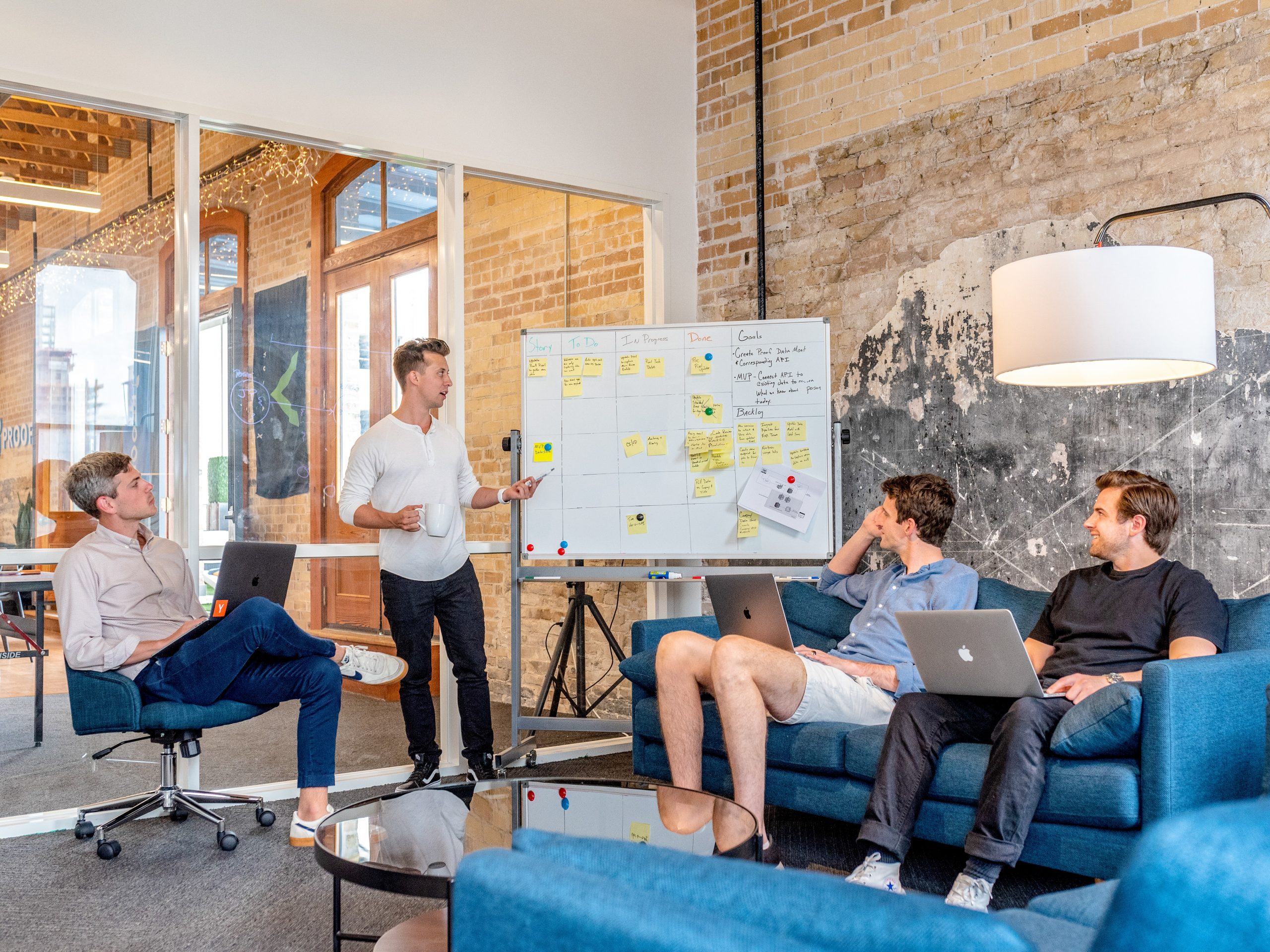I was working on the 46th floor of a Manhattan skyscraper on August 14, 2003, when the lights went out across most of the U.S. and Canadian east coast. Within a half hour, it became clear that the power would not be restored anytime soon. With evening approaching, there was no sense of panic, only a sense of purpose: leave the building and find a way to get home, or to somewhere else to spend the night. I was lucky. My home was 30 miles away, but my in-laws lived in Queens, a steamy hike of about eight miles in the late-summer heat, dressed as I was in a business suit and dress shoes.
My colleagues and I headed to the emergency stairs for the long, steady descent to the street. In the stairwell, we joined the parade moving downstream with dozens of other building tenants we didn’t know, had never met, and might have never seen again. Since it was not a quick escape from danger, we maintained a reasonable pace all the way down. I recall joking good-naturedly with the strangers around me, checking on some of the older and seemingly more frail members of the flow of departing tenants, even musing to complete strangers about how we might get to wherever we were planning to go before an impenetrable darkness set in after dusk. For those few minutes, and for only those few minutes, I belonged to a community of tenants greater than the colleagues I worked with in the same office for nearly a decade.
As highly social animals, we are constantly forming and re-forming communities of varying permanence and depth, in our neighborhoods, workplaces, and even when we attend a concert, the theater, or a sporting event. Being together is one of the evolutionarily advantageous features pre-wired into our genetic code. Most of us are predisposed to find the company of others comforting and gratifying. As a result, our ancient forebears assembled in bands and tribes to hunt and share the kill, to sow, harvest, and share the bounty, and to live together in camps of cooperating individuals who divided and apportioned labor to benefit the larger, collective group. They assembled around warming fires and in central gathering places to share stories and legends that reinforced their common identities and beliefs, and celebrated milestones. They did these things just as we do today when we gather to contribute, collaborate, and even celebrate with our office colleagues.
For the many hours we work together, we are more than employees of a tenant company. We are communities of colleagues that support, challenge, and energize one another across the entirety of the working day. Like fans at a sporting event, we not only absorb the experience, but our presence also actively helps to create and enhance it, adding our energy to the buzz and dynamism in the building. After we or our work colleagues have met a goal, completed a project, or achieved a new level of success, it is hard to share a high five – or even an elbow bump – when we are working by ourselves. Though remote working may be cheaper and more convenient than commuting, there is something very real and visceral missing from the work experience when tenants stay home. The energy of the office community simply cannot be replicated at home any more than watching a game on television can replace the crackling buzz of excitement of sports fans at the stadium. Offering convenience, value, camaraderie, and a high-quality experience can only add more appeal to the notion of returning to the office.
In our last Frank Talk, we discussed the need to drive greater demand for returning to the office by converting tenants into fans of our building. There is no question that, as it is, many miss the opportunity and benefit of daily interactions and spontaneous collaborations with their colleagues. What is often overlooked, however, is the notion that tenants are also members of the greater community of companies that call our buildings home.
We generally want to be with people who like the things that we like, are excited about the things we care deeply about, and who embrace our tastes, interests, and views. There are far more people just like us spread across the roster of tenants than only those who work in the silo of a single tenant company. Building a community greater than the individual companies on your property is another way to transform workers into building-loyal fans — tenants who would genuinely and more regularly prefer to come to the office rather than working remotely.
Offering a thoughtfully-designed building app experience that provides all tenants with useful and customized amenities, conveniences, enhanced productivity tools, value, and work- and life-relevant content, like the platform developed by HqO, provides a foundational tool that vividly demonstrates an owner’s commitment to the quality of the tenant experience through the whole of their work day.
Even more powerful is how the app can also be designed as a custom content distribution platform to help owners create powerful opportunities to develop deeper relationships between building staff and tenants, and between tenants in-person or virtually. In short, you can give them more to miss when they are not in the building. Just don’t wait for an evacuation to first enable your broader tenant community to meet and share an experience.
Frank Supovitz, an award-winning experience designer, producer, event organizer, and author, has played a leading role in the success of such world-class properties as the Super Bowl, the Indy 500, and the South Street Seaport in New York City. A respected global thought-leader in sports, entertainment, and facilities management, he brings more than three decades of expertise to the HqO Team as a senior consultant for Tenant Experience. Contact HqO to put our Tenant Experience team to work for you.



